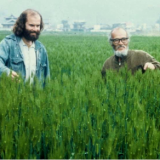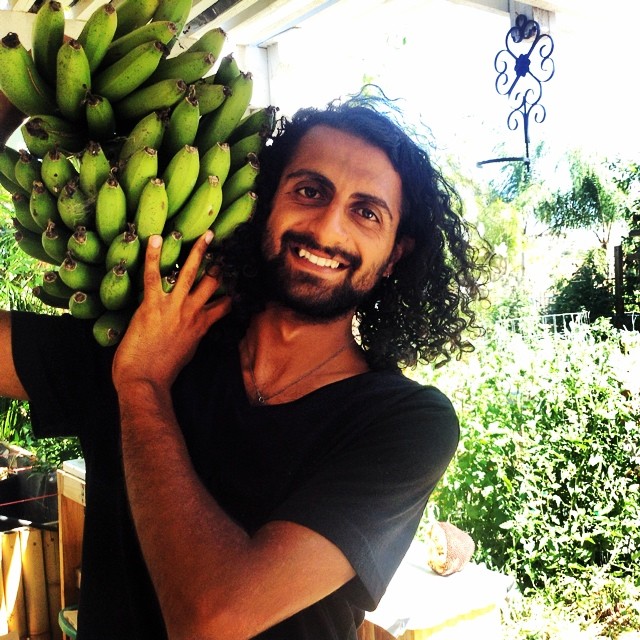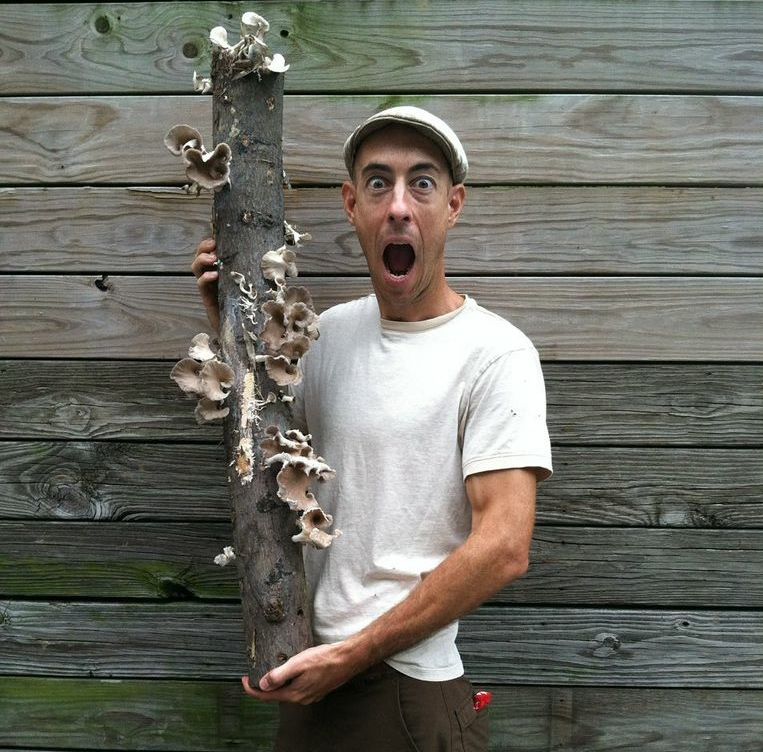
Is there something wrong with the “war” on invasive plants? What are these resilient plants trying to tell us? Is there such a thing as a “natural” landscape? What’s wrong with Glyphosate? These are some of the topics we discuss in our conversation with Tao Orion, author of Beyond the War on Invasive Species: A Permaculture Approach to Ecosystem Restoration. Tao is a permaculture designer, teacher, homesteader, and mother living in the southern Willamette Valley of Oregon. She teaches permaculture design at Oregon State University and at Aprovecho, a 40-acre nonprofit sustainable-living educational organization. Tao consults on holistic farm, forest, and restoration planning through Resilience Permaculture Design, LLC. She holds a degree in agroecology and sustainable agriculture from UC Santa Cruz. Her website is www.resiliencepermaculture.com.
If you want to leave a question for the Root Simple Podcast please call (213) 537-2591 or send an email to [email protected]. You can subscribe to our podcast in the iTunes store and on Stitcher. The theme music is by Dr. Frankenstein. A downloadable version of this podcast is here.






Nice interview.
This is the second time this week, without going looking for it, I’ve read suggestions of turning pigs out to deal with blackberries. I am starting to have some clarity in understanding another problem, which is when the property is too small for agriculture, but too large to manage by hand.
I have an acre, about one quarter is a blackberry swamp. There is a dilapidated barn next door, which leads me to believe the area was an old farm where the soil was disturbed. And the residents prior to me have clearly also not been kind to the soil; it’s largely fill that has been pushed around.
The struggle is that my property is too small to really maintain something like pigs year round. If I had say, five or ten acres, that would be pretty realistic. The properties all around me are similarly situated, so they don’t have much in the way of pigs or goats either that I could realistically borrow. But the area is too large to be managed entirely by hand without extreme efforts.
One acre seems like it should be a lovely size, but sometimes I wonder if it is, in fact, more work than a larger space because I can’t really use the type of tools available in a larger space.
Which doesn’t negate anything in this interview; I am just still looking for a realistic human-powered way to deal with blackberries. I can’t even start to improve the soil with 20 foot inch-thick devil vines over the ground.
I’ve always wanted an acre of my own to play with, but what you’re saying makes sense. It is a betwixt and between sort of size.
I wish people who kept pigs or goats would rent them out. This would be a great job for boy goats born into dairies–it would save them from the taco stand. 😉 I have heard of people who rent goats for hillside weed abatement, but I don’t think there are many of these outfits. And this is probably because there are few landowners who would think about animal rental before they’d think about herbicide application…sad as that is.
Re: blackberries, Tao has a cautionary tale in her book about how Sacramento County went on a blackberry eradication rampage, in the name of biodiversity, only to almost push a threatened blackbird over the edge because it was using the blackberries for food and housing, and the county, in their zeal, they gave no thought to replacing those resources. Which is only to say that I suppose there may be some comfort in knowing your devil vines are probably doing someone some good.
There are all manner of outfits that rent goats for land clearance purposes. Try http://rentagoat.com for starters. I’ve no idea whether it’s economically feasible, but it’s worth a look.
I think of the back portion of my yard as permaculture Zone 5. That is the wild place, the place I never even walk (not that I could!) and the birds will be welcome to that thicket for as long as I own the property.
In what I think of as Zone 4, which is a grove of alder and ferns that has popped up to deal with the disturbance, I am replacing the blackberry with thicket-like plants like red osier dogwood. And I’m leaving as much of the rest of the natural vegetation intact as possible.
The challenge is when the blackberry insists on playing in Zones 1, 2, and 3. Then my patience with permaculture tends to run out. It really does show up in Zone 1. Because it can, so it does. And while I have never resorted to an herbicide in my life, I can understand how even the most fervent environmentalist can have a breakdown and grab the RoundUp.
I did buy the book and am interested in perusing it. And, having not read the book, I am liking speaking out of turn, but it is always helpful when people bring the high-level thinking down to a practical level for us plebes who have to do it without staff. 🙂
Thank you so much for this podcast! I’ve been in the process of getting my yard certified and it has raised so many questions that Tao and y’all have shed some light on. I’ve been planting natives for the Backyard Bird certification here in Portland and I too have my battles with the neighbor’s Himalayan blackberry. The Backyard Certification says to eradicate it, but I have noticed that birds and various creatures use it for shelter and food–in fact, many birds seem to prefer it over the Native Snowberry and Oregon Grape berries I’ve planted for them! Also, the program gave me “points” for having a doug fir tree in the yard but then I heard Toby Hemenway say how doug firs have “only” been around for 4,000 years and had eradicated precious prairie land in the Willamette valley all that time ago.
I’ve also started planting some fast growing “invasive” species deliberately in order to “chop and drop” for the purpose of generating bio mass. My landscaping goals are getting to be a bit at odds with each other, haha.
I really loved this subject and will seek out the book and author talks in the future. Thanks so much!
Overall I enjoyed this post – but wanted to point out that the “pristine myth” of Native American interactions with the environment isn’t necessarily accurate. In reality, land management in the pre-colonial Americas was a varied and often heavily artificial set up. This is an article I found on the subject, with some nice citations at the bottom: https://amin210.wikispaces.com/Native+American+Land+Use+and+the+Pristine+Myth
Learned some new things today, listening to your podcast. I have a small garden and try to keep it organic, and see it as a small ecosystem were diversity is key to (pests).
Thanks for listening!
Ms. Orion’s example of zebra mussels, where changing habitat can support reduced biodiversity/invasive species seemed like the reverse of this video I saw for the first time not too long ago, about the effects of reintroduction of wolves into Yellowstone. Here, the reintroduction of a species drives a change in habitat.
It kind of blew my mind. I haven’t fact-checked it, but for what it’s worth:
https://www.youtube.com/watch?v=ysa5OBhXz-Q
I also love that Yellowstone video, though I admit I haven’t fact checked it, either–I don’t want to because it gives me hope.